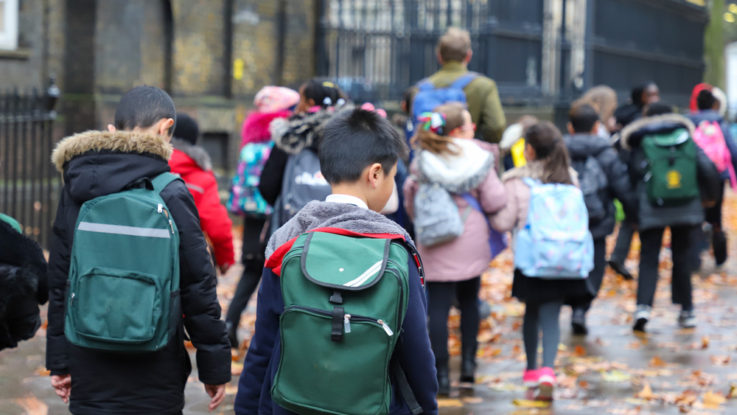
Transport for London (TfL) in England launched an air quality monitoring project in September of 2020 to give the “most accurate indication yet” of the results of its School Streets scheme. For the monitoring project, TfL installed 30 sensors from the Breathe London network at 18 primary schools to record nitrogen dioxide levels. The results show a reduction of nitrogen dioxide levels by almost one quarter (23%).
Studies have shown that about half of London’s emissions come from road transport, leading to thousands of premature deaths in the capital every year – as well as increasing cases of respiratory illness. Air pollution has been linked to increased risk of contracting COVID-19 and experiencing the most serious effects.
Under the School Streets scheme, roads around schools are closed to vehicle traffic at pick-up and drop-off times. This enables children to walk or cycle to school, reduces car trips, and improves air quality. School Streets also provides space for social distancing and helps to reduce road danger around schools – making journeys safer and easier.
“Since 2016, there has been a 97 per cent reduction in the number of schools in areas which exceed the legal pollution limit and I’m committed to bringing that number down to zero,” said Sadiq Khan, mayor of London. “School Streets play an important role in enabling parents and children to walk, cycle or scoot to an from school which has so many benefits, not least in improving air quality. It’s great to see the huge reduction in nitrogen dioxide during pick up and drop off on schools’ streets – a time where countless children and adults would otherwise be exposed to dangerous emissions.”
The air quality monitoring project was funded by the FIA Foundation and Bloomberg Philanthropies.